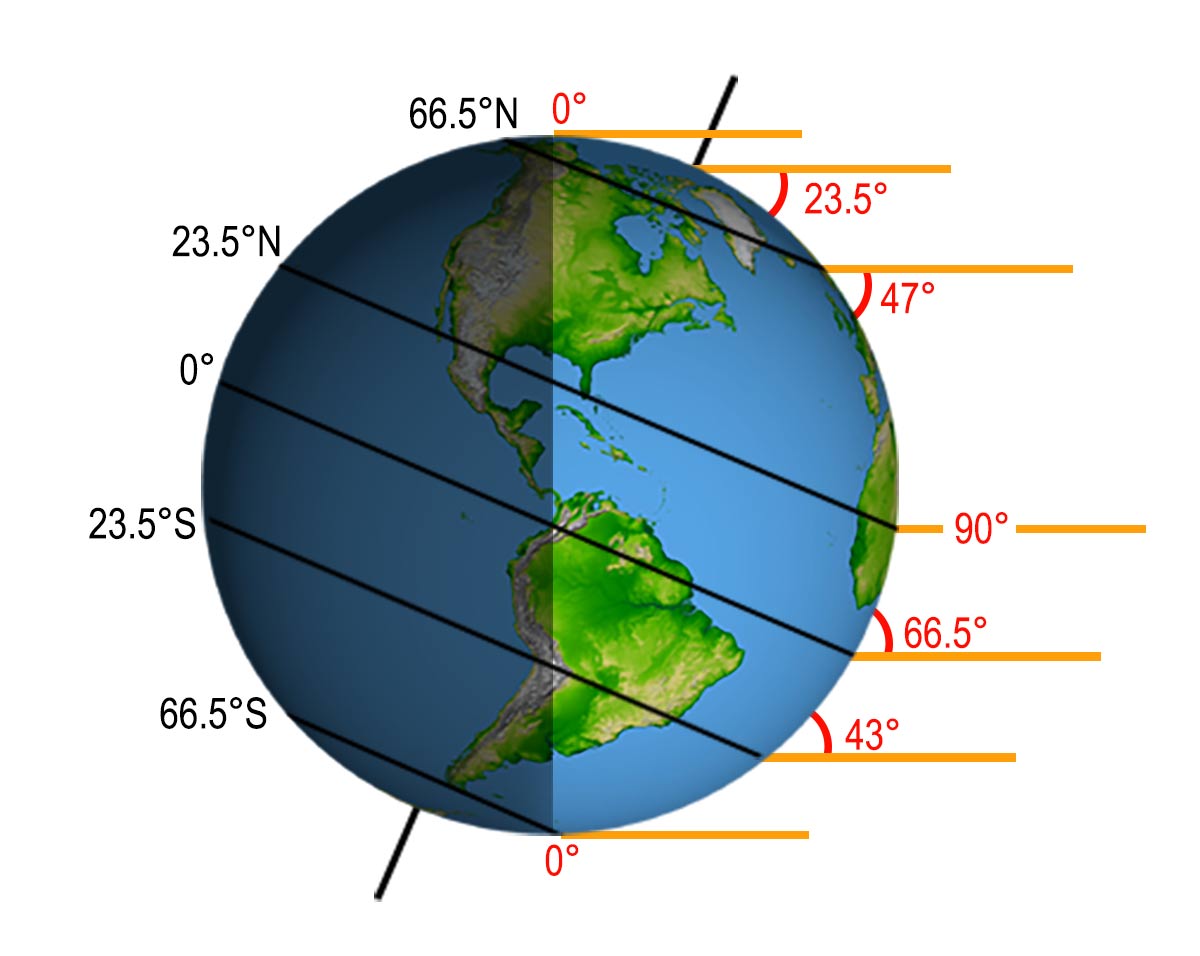The Tilt of the Earth's axis affect the Length of days during Summer

The tilt of the Earth's axis plays a crucial role in determining the length of days during the summer months. Here's how it works:
Tilt of the Earth's Axis: The Earth's axis is tilted at an angle of approximately 23.5 degrees relative to its orbit around the Sun. This tilt is constant throughout the year.
Seasonal Changes: As the Earth orbits the Sun, different parts of the planet receive varying amounts of sunlight depending on their position relative to the Sun and the tilt of the Earth's axis. This results in the changing seasons.
Summer Hemisphere Tilt Towards the Sun: During the summer months in a particular hemisphere (e.g., the Northern Hemisphere in June), that hemisphere is tilted towards the Sun. This means that the Sun appears higher in the sky, and its rays strike the Earth's surface at a more direct angle.
Effect on Day Length: The tilt of the Earth's axis causes the Sun's path across the sky to be higher and longer during the summer months in the hemisphere tilted towards the Sun. As a result, daylight hours are longer because the Sun spends more time above the horizon.
Longer Days and Shorter Nights: The longer duration of daylight hours during the summer months leads to longer days and shorter nights in the hemisphere experiencing summer. This phenomenon is most pronounced around the time of the summer solstice, which marks the longest day of the year.
In summary, the tilt of the Earth's axis causes variations in the angle at which sunlight strikes the Earth's surface during different times of the year, resulting in changes in day length and the seasonal cycle. During summer, the hemisphere tilted towards the Sun experiences longer days due to the more direct angle of sunlight and the higher path of the Sun across the sky.
Thank you,